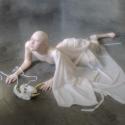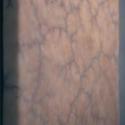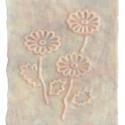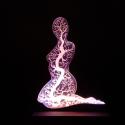Discipline
Animal
Conceptual
Figurative / Realism
Installation
Political/Religious
Material
Fiberglass/Plastic/Resin
Mixed media
Other
Textile
Region
London
International
Biography
Ohata earned an MA (Distinction) in Contemporary Art Practice from the Royal College of Art, London (2023), following a BA (First-Class Honours) in Illustration from Camberwell College of Arts, University of the Arts London (2019). Their work has been presented internationally, with recent highlights including the Curator’s Choice Award at Blackdot Gallery in partnership with London Design Festival (2025); Highly Commended recognition in the Homiens Art Prize (Winter 2025); selection as a Finalist for the Ingram Prize (2024); election as a Member of the Royal Society of Sculptors (2024); the acquisition of their work by the Adamovskiy Foundation (2024); and the artist talk Reimagining the Human Body at Tate Modern (2023).
Earlier achievements include receiving the Great Britain Sasakawa Foundation Arts & Culture Grant (2022) and being named Runner-up in the Batsford Prize (2019). Ohata will participate in the FUSION Artist Residency in Tokyo, in partnership with BnA WALL (2026).
Statement
Ohata’s practice explores identity politics and posthuman philosophy shaped by lived experiences of child abuse, gender struggle, and discrimination tied to their Asian heritage. Working with SFX methodologies, they create sculptural installations that merge wearable artificial skin with hyperreal, life-sized forms, drawing on the folklore of Japanese yōkai to imagine hybrid bodies and alternative embodiments.
The work considers how cultural identity and collective memory are carried by the body—inscribed in skin as both surface and threshold. By reconfiguring seams, skins and interfaces, Ohata blurs boundaries between self and other, human and non-human, material and body, opening spaces for intimacy, empathy and calibrated touch, rehearsing the ethics of contact. Within this expanded field of embodiment, they attend to underrepresented identities and voices, inviting forms and narratives that are often overlooked to become present and legible.
Ohata regards art as an extension of the body—a means to hold trauma and transformation while testing the fluidity of personhood. In this process, they question the role of artists in interrupting cycles of harm and ask: What makes a body relatable?





